On March 18, NASA astronauts Suni Williams, Butch Wilmore, Nick Hague and Russian cosmonaut Aleksandr Gorbunov, returned from their mission on the International Space Station (ISS).
This mission, which began on September 28, 2024, started with an expected duration of eight days, but due to problems with the spacecraft, it was prolonged to 286 days. The astronauts conducted more than 150 scientific experiments during this time period. The return offered important insights and solutions to advancements in various areas of space technology, including plant growth, health challenges that astronauts faced and more.
In order to maintain a safe atmosphere for the astronauts to breathe in, NASA astronaut Nick Hague processed samples from Arthrospira C. According to an investigation from the European Space Association, Arthrospira C is used to grow Arthrosplamia Algae, which is used to convert carbon dioxide to oxygen. These organisms conduct photosynthesis, helping in maintaining a livable atmosphere for astronauts. Arthrospira is also used for keeping food fresh.
Emphasizing their need for fresh nutrients, the astronauts carried out an experiment on red romaine lettuce. The intended purpose was to find out how varied moisture levels affect the microbial communities in plants and water. Scientists can then design effective systems for the production of nutritious food for future space expeditions.
Astronaut Suni Williams also conducted an experiment to test the possible ways in which liquid and gas flow into small packed materials. This experiment was conducted for scientists to better understand water recycling, fueling of cells for future space travels and thermal energy.
Beyond material studies, astronauts conducted experiments to improve cardiovascular health and also focused on medical implants for nerve damage. Space missions usually take a mental, physical and psychological toll on astronauts. “There are immense changes caused by microgravity. Astronauts face a decrease in bone density, muscle mass and there is a significant change in fluid distribution, due to gravity not being present in space,” said anatomy and physiology teacher Craig Parker.
Astronaut Nick Hague exercised using the ISS Advanced Resistive Exercise Device. He was also strapped with bio-monitors which collected heart data, blood rate, blood pressure and temperature using tiny sensors. This data was then used to gain a better understanding about the cardiovascular impacts in space.
NASA Astronaut Butch Wilmore experimented with 3D printing medical devices in space to produce superior devices for testing new damage. This experiment aimed to improve healthcare solutions for both astronauts and patients on earth.
The continuous cycle of testing, improving and learning the essentials for future explorations was to ensure efficiency and safety for all astronauts. NASA tested Astrobee on the ISS to develop technology for capturing moving objects in space. This would help satellites and would also remove the debris found in space. The research is meant to improve efficiency of satellite servicing and to reduce possible threats.
High School students, through the HUNCH program, design Utility Brackets. These students designed tools, holds, positions, cameras and other equipment that astronauts use daily. “It’s so fascinating how the information we learn in physics and other science classes come in use for such important discoveries,” said senior Manusri Mutyala.“It is incredible to see student’s solve practical challenges of such complex matters.”
The return of all the astronauts both challenged and highlighted the inherent resilience of these individuals. These studies represent just a fraction of the 150 scientific experiments which took place. The astronauts’ experiences and learning while in space contributed valuable scientific findings to the community and informed many about the great universe beyond human knowledge.


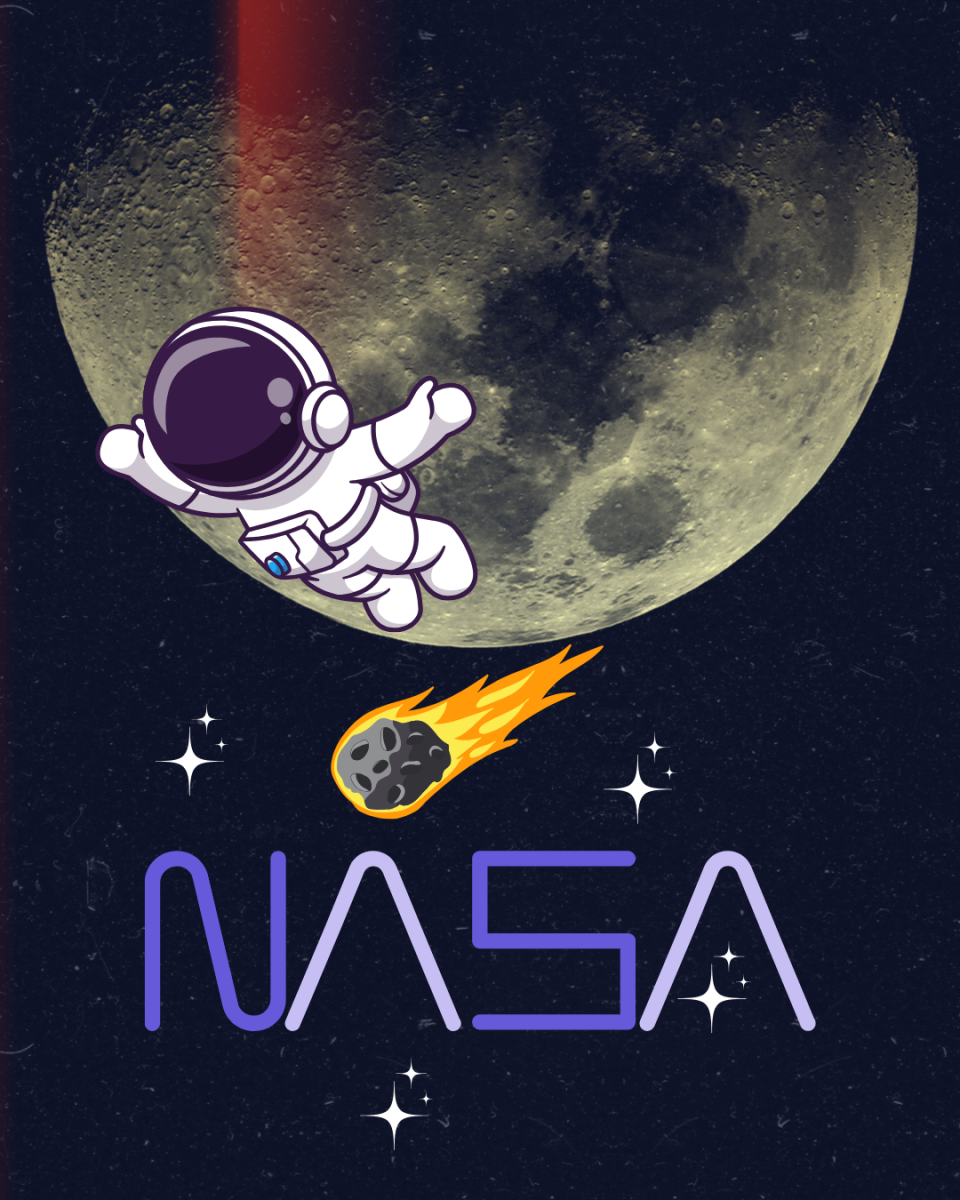
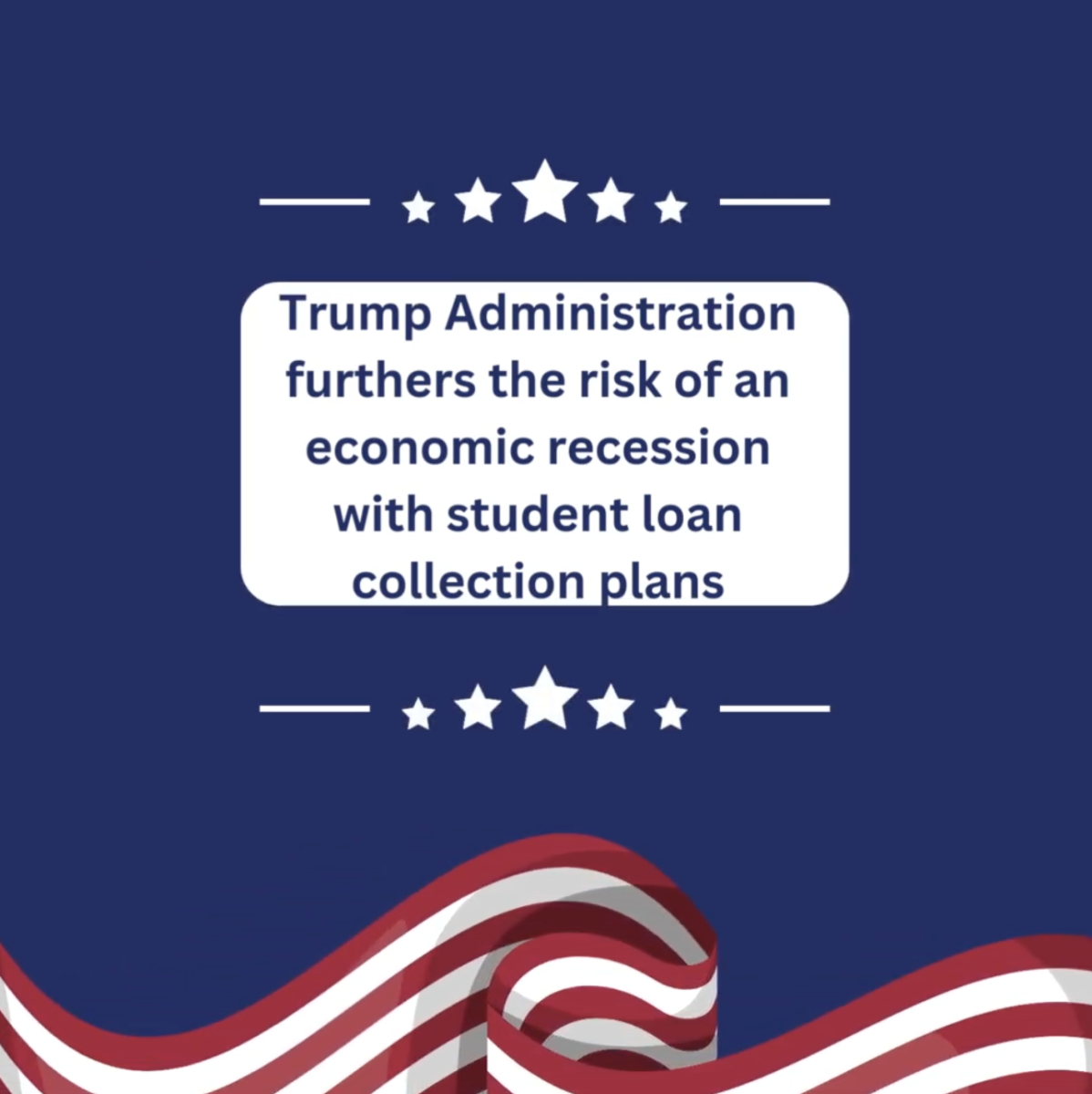

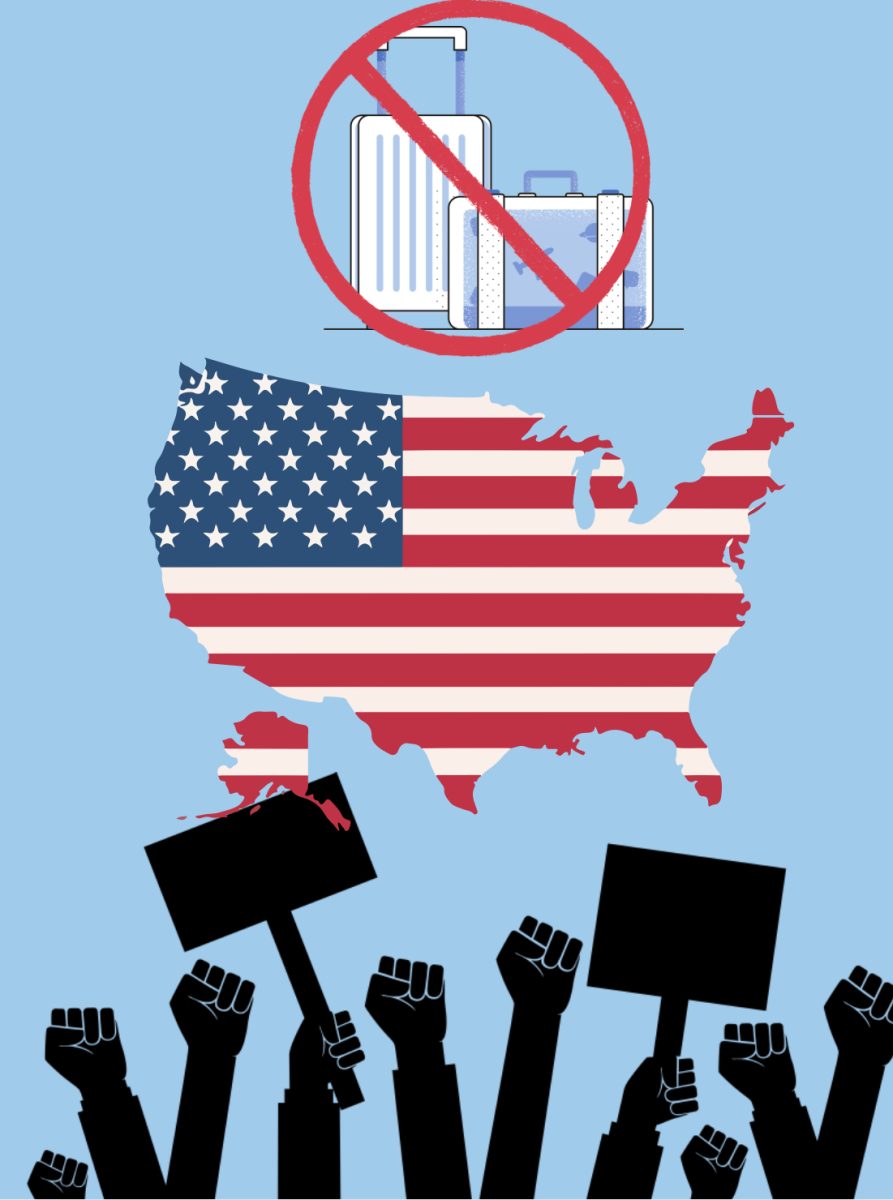

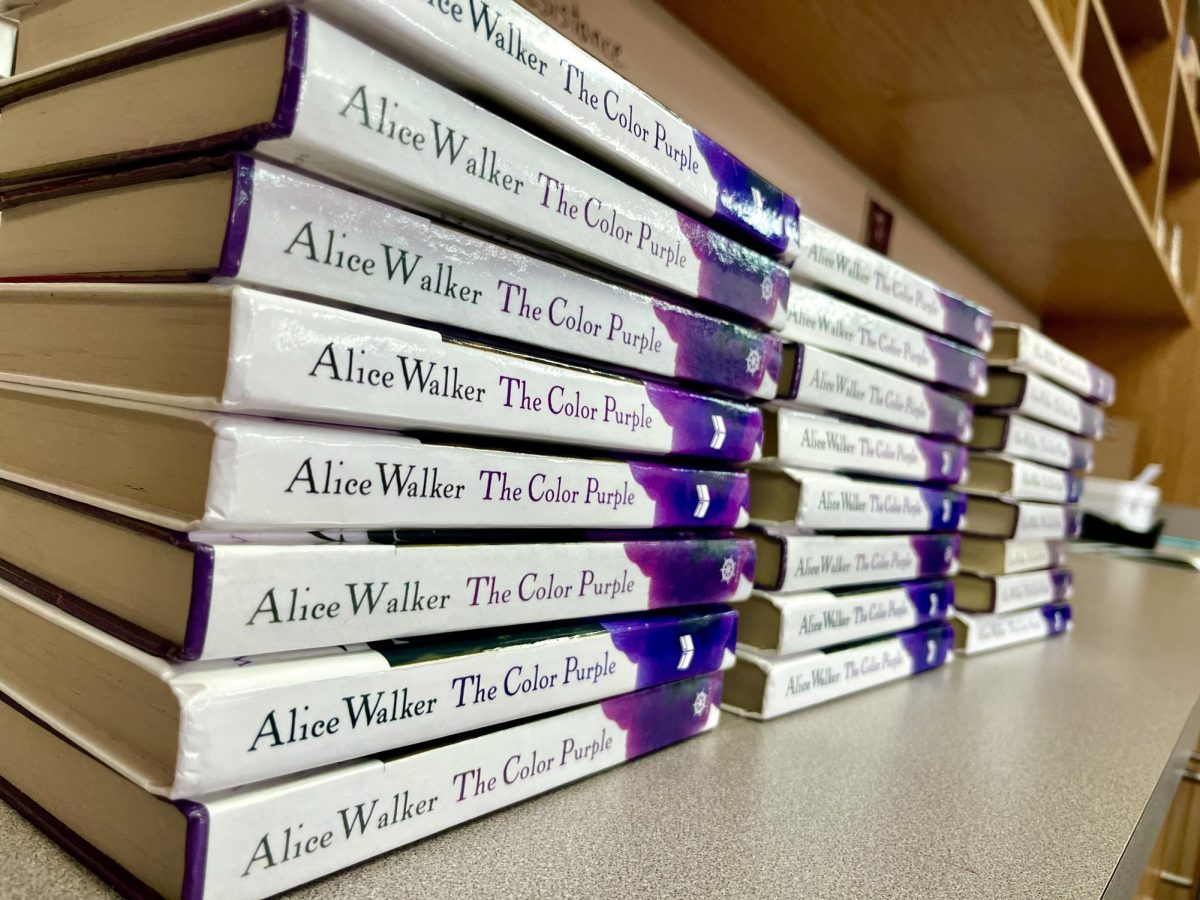
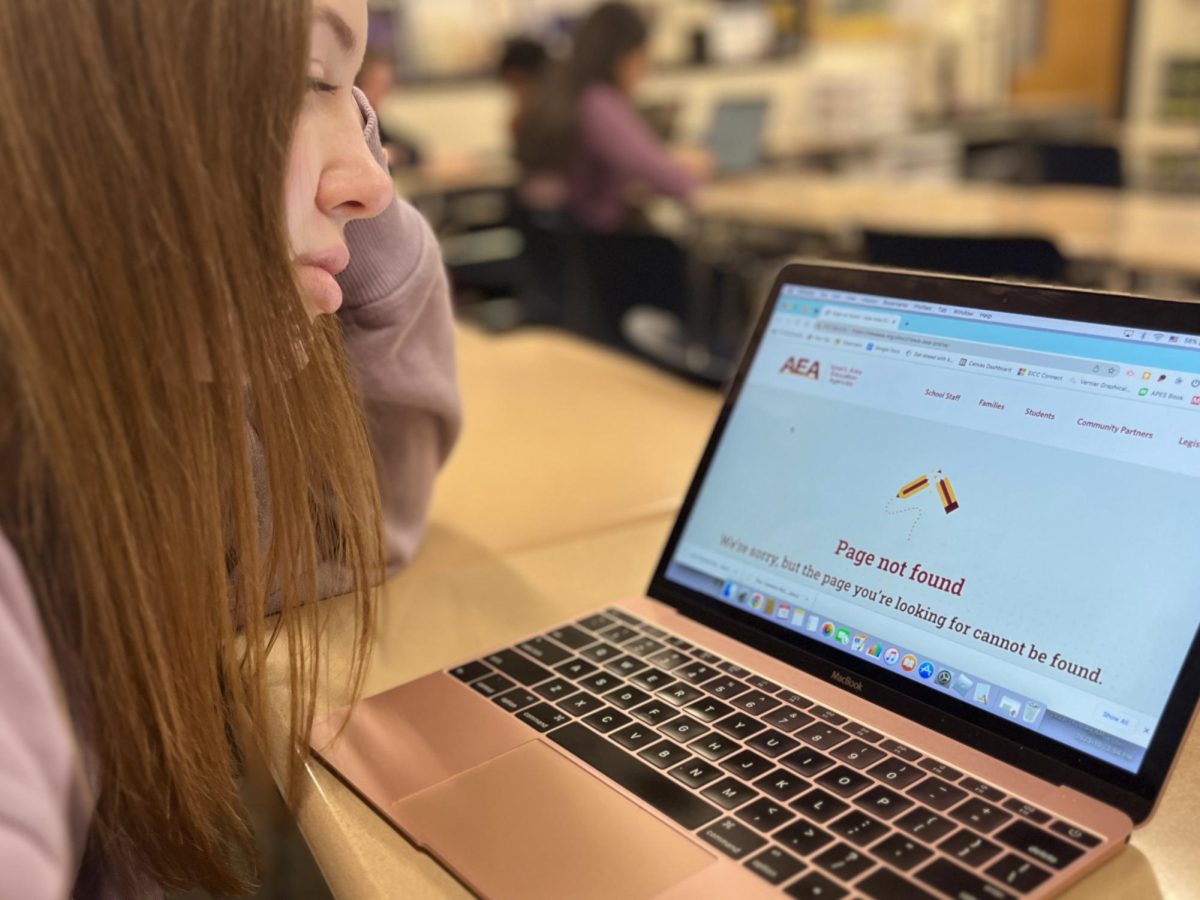
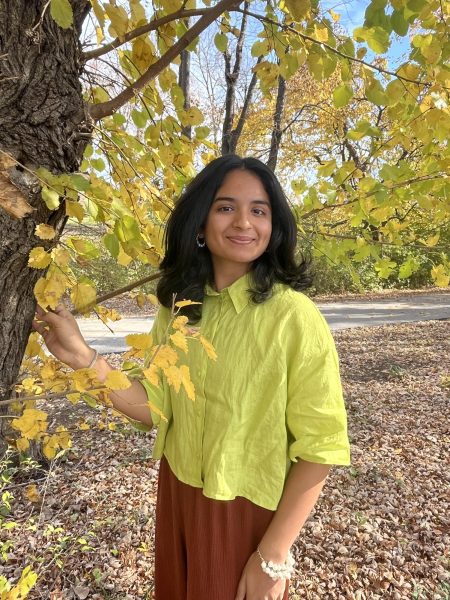
Lauren Lundie • Apr 4, 2025 at 1:54 pm
It must’ve been very scary for the astronauts not knowing when they would be able to return home. However, this seems to be having a good impact on the scientific field. I wonder how they determined what experiments they were going to conduct with the resources they had.
Lauren Lundie • Apr 3, 2025 at 12:39 pm
It must’ve been very scary to not know when they would be able to come back, but this seems to have had a really positive impact on science! I wonder how they decided on and were able to conduct so many experiments that they didn’t plan for.
Ashton Olson • Apr 3, 2025 at 9:55 am
it’s pretty crazy how they were only suppose to be there for a total of 8 days but then ended up being there for more than 3/4 of a year. Although they probably were not very happy to be stuck in space that long, it ended up being a great thing that happened because of all the new things we’ve learned and experimented.